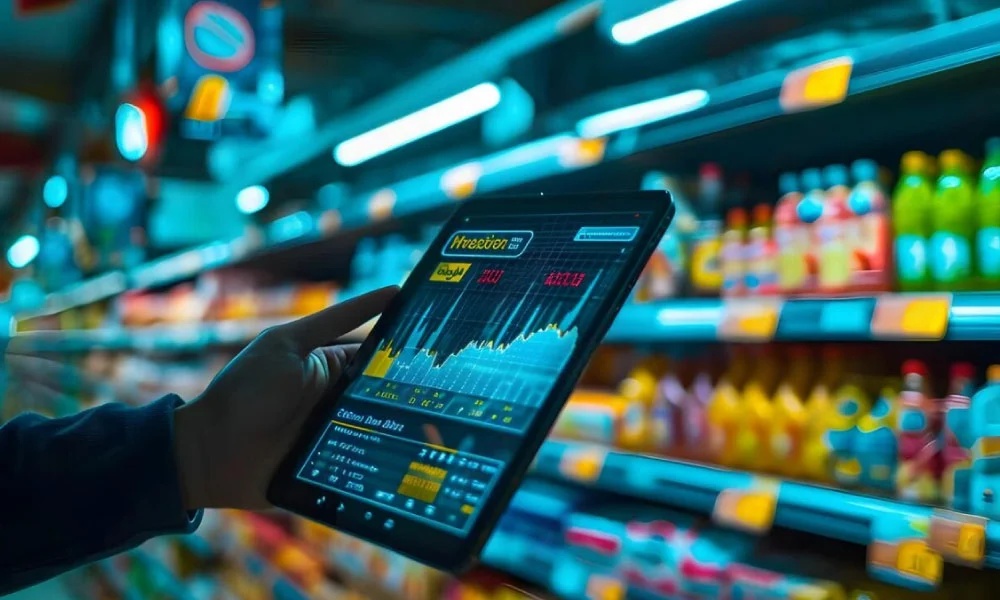Ever wondered how retailers place their products in a store to make them attractive and accessible to their customers? They implement plan-o-gram (planograms) models for this purpose. We often visit retail shops and buy products that we require. However, fewer people know that each product and shelf in retail stores is strategically placed.
Product placement highly depends on customers’ intention to buy something. Hence, while placing goods in physical stores, larger datasets are collected and assessed. The whole process is known as plan-o-gram, and it works as a tool to assist retailers. There are several available software that offer POG facilities to help retailers manage their inventory.
This blog shall explore planograms and their benefits in retail and highlight how to strategize a plan for the same. Let’s dive in...
What is a Planogram?
Plan-o-gram or POG is a model or tool that retailers employ to strategize their product placements. The method is beneficial for both sellers and customers, assisting sellers in maximizing sales through effective arrangements, alongside allowing customers to find the goods they need easily.
A POG includes architectural structure and schematic elements to represent shelf designs in retail stores. Such structures or designs typically consist of,
- Placements of goods on each shelf
- Position of product labels
- Facing products and additional information
- Brands of the products
- Detailed information
Plan-o-gram is further distinguished into six classifications, including horizontal, vertical, block, commercial standing-based, market position-based, and margin-based placements. Hence, while employing such models, users take brands and their position in the industry into consideration. Grocery stores and other shops with many product varieties usually adopt POGs the most.
Why Plan-o-Gram is Important for Retail?
POGs are important and highly advantageous for retailers and companies. It is a tactic to boost brand visibility as well. Below are the distinctive benefits of planogram:
Skillful Inventory Management:
Strategically placing and selling products allows retailers to manage their inventory impactfully. Storing, clearing the stock, and re-purchasing becomes easier with a plan to display products for sale. Moreover, the method highlights which products possess higher demand in the market.
Space Utilization:
Effective product arrangement assists in leveraging maximum space in a store positively. It further saves space when displaying more products.
Visual Attraction:
Planogram offers a visually pleasing structure to arrange goods in a retail store, maintaining a color scheme and size. The process assists in attracting customers and making purchases.
Maintain Consistency and Increase Sales:
POGs help maintain consistency within a store, fulfilling the needs of the customer on every occasion. For example, the model places a particular stock of a product together on a shelf. So, in case the shelf gets empty, sellers can easily identify it and fill that section accordingly. Such an approach also boosts sales remarkably.
How to Read Plan-O-Grams?
POGs can vary in different stores; nevertheless, it is important for store members and customers to read them appropriately. Here is how to read planograms:
Display:
Displays and shelves in a store include precise product data, including their various dimensions, types, sizes, quantities, and others. Therefore, it is important to read and understand the displays to comprehend the POG method.
Product Specifications:
The next element is the specifications of a particular good, such as the manufacturing company, positioning, facings, and others. These specifications guide the store teams in understanding how to place products afterward.
How to Strategize a Planogram?
It is crucial to know that planograms of different stores can vary depending on the products they promote and sell. However, preparing a POG can be essentially advantageous for retailers. Such models can be planned by thoroughly gathering data, analyzing it, and representing it visually.
Retailers usually prefer to utilize specific tools for designing purposes, like Adobe Illustrator. Hiring professional designers who can seamlessly use design tools and offer effective plans can be helpful in this regard.
Summing Up!
Implementing planograms allows retailers to operate, plan, and grow strategically. Nevertheless, keeping track of all products and changes in the store is significant for storekeepers. For this purpose, continuous observation of customer needs and market demand is necessary.
Stay informed with the trending marketing practices and technologies with our in-depth blogs.
Also Read:






